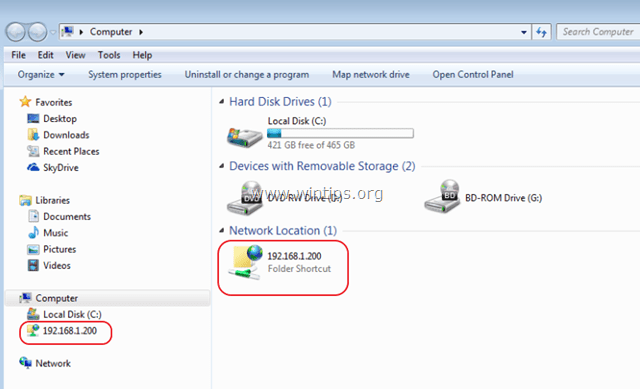

Retrieve the remote-file and store it on the local machine. If no local file is specified, or local-file is -, output comes to the terminal. If no directory is specified, the current working directory on the remote machine is used. Print a listing of the directory contents in the directory, remote-directory and, optionally, placing the output in local-file If interactive prompting is on, ftp will prompt the user to verify that the last argument is indeed the target local file for receiving dir output. Terminate the FTP session with the remote server and exit ftp An end of file will also terminate the session and exit.Ĭhange the working directory on the remote machine to remote-directoryĭelete the file remote-file on the remote machine. Verbose option forces ftp to show all responses from the remote server, as well as report on data transfer statistics.
Connecting to ftp via browser password#
If no entry exists, ftp will prompt for the remote machine login name (default is the user identity on the local machine), and, if necessary, prompt for a password and an account with which to login.ĭisables command editing and history support, if it was compiled into the ftp executable. netrc (see netrc(5)) file in the user's home directory for an entry describing an account on the remote machine. If auto-login is enabled, ftp will check the. Restrains ftp from attempting auto-login upon initial connection. Turns off interactive prompting during multiple file transfers. The flag is kept for compatibility only and has no effect anymore. This is the default now for all clients (ftp and pftp) due to security concerns using the PORT transfer mode. Requires that the ftp server support the PASV command. Allows use of ftp in environments where a firewall prevents connections from the outside world back to the client machine.


In this case, the connection would be “”. – If you have changed your default port from 21, then ensure to add the port when connecting to the FTP server.

Part 1 – Access FTP Server from your browser (Internet Explorer, Chrome, and Firefox): Open your Internet Explorer, chrome, or Firefox as shown below and in the address bar, type your FTP Server’s Hostname (or IP Address) and the FTP port number only if you have changed the default port (21) for FTP connections and press Enter. For more information, please refer to the guide: Warning: FTP over TLS is not enabled, users cannot securely log in: You appear to be behind a NAT Router, please configure the passive mode settings and forward a range of ports in your router. Please do not fright as this is only showing you the needed information to configure your FileZilla server. Having installed the FileZilla, you may see the warning meesage.


 0 kommentar(er)
0 kommentar(er)
